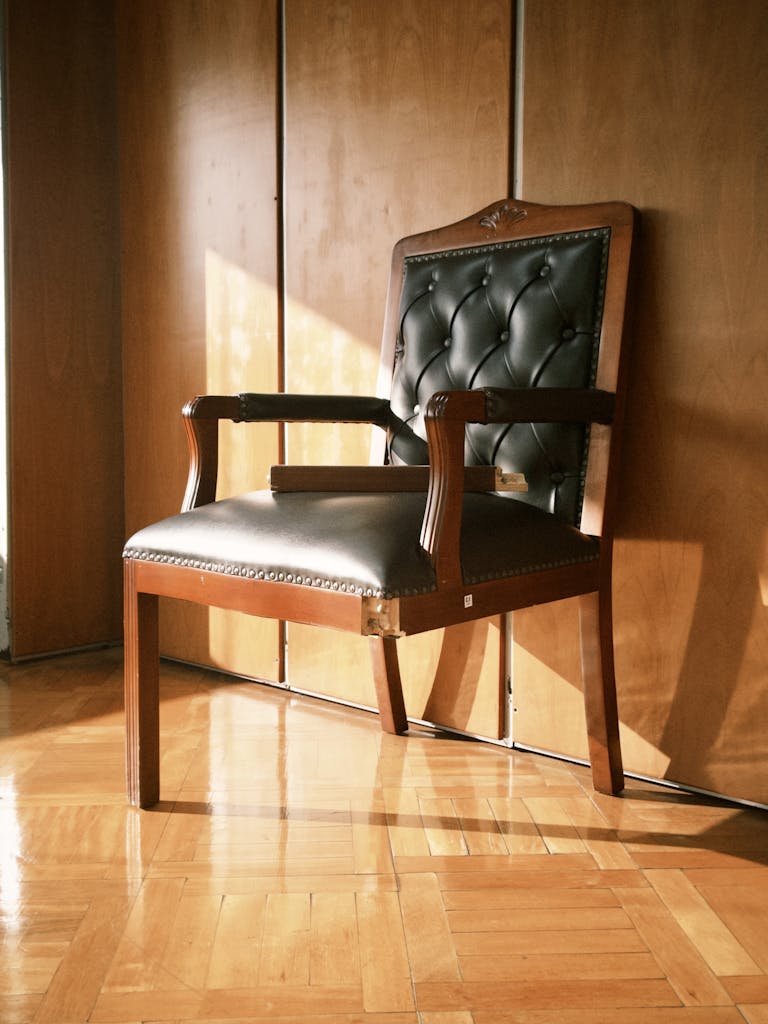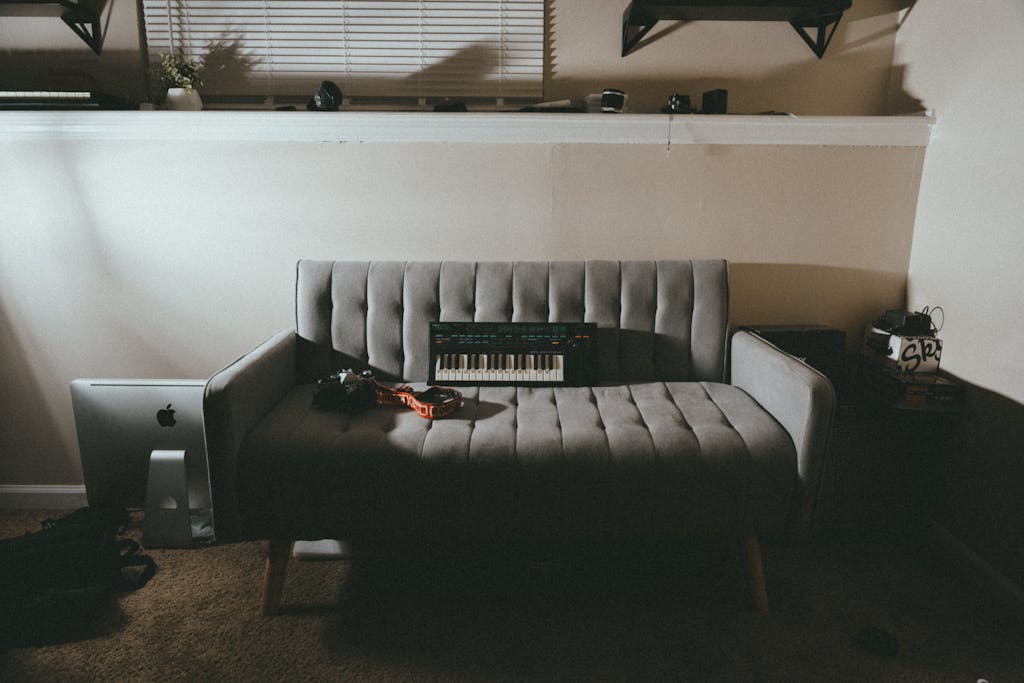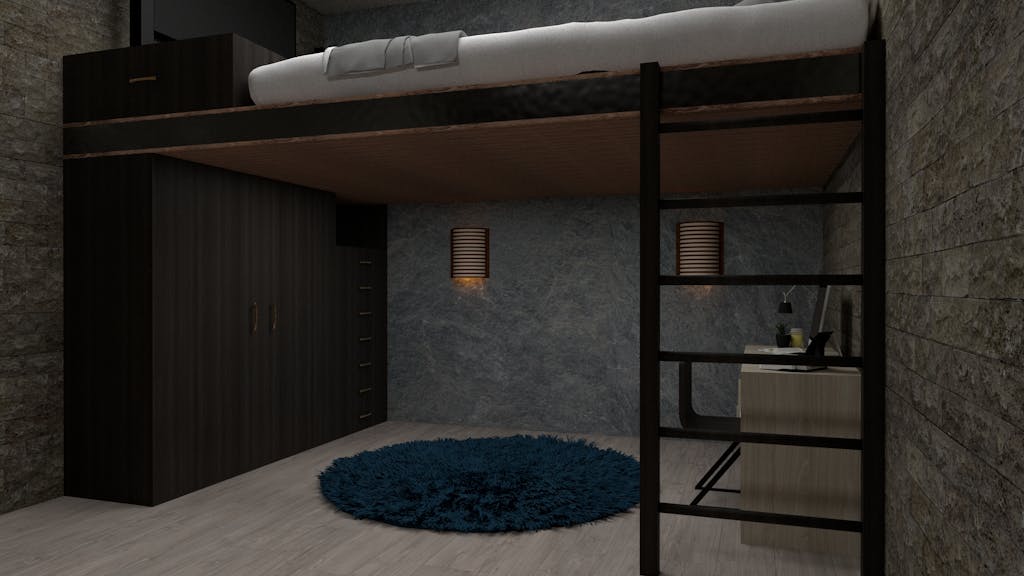In today’s rapidly urbanizing world, where compact living has become the norm rather than the exception, the demand for smart and space-saving design solutions is higher than ever. As cities grow denser and apartment sizes shrink, the challenge of balancing comfort, utility, and aesthetics has led to a design revolution—one that prioritizes adaptability and efficiency. At the forefront of this movement is multifunctional furniture design, a practice that merges practicality with innovation, redefining the way we live and interact with interior spaces.
Multifunctional furniture offers a transformative approach to interior design by enabling a single piece to perform multiple roles. Whether it’s a bed that folds into a wall, a coffee table that extends into a dining surface, or a shelf that doubles as a desk, these inventive solutions are crafted to suit the dynamic needs of modern lifestyles. From compact urban apartments and co-living arrangements to flexible office environments and eco-conscious homes, multifunctional pieces are becoming indispensable tools for maximizing limited square footage.
According to market research, the global multifunctional furniture market was valued at $7.21 billion in 2023 and is expected to grow at a 6.6% CAGR, reaching $11.21 billion by 2030. This growth is propelled by increasing urban density, the shift toward minimalist lifestyles, and a growing demand for sustainable and customizable furniture solutions.

What Is Multifunctional Furniture?
Multifunctional furniture refers to pieces that serve more than one purpose or can be easily reconfigured to perform various functions. Unlike traditional furniture that serves a single role, these designs are versatile, often incorporating features such as:
- Convertible mechanisms (e.g., fold-out beds, extendable tables)
- Hidden storage compartments (e.g., ottomans with lift-up lids)
- Modular construction (e.g., stackable shelves or customizable seating units)
These characteristics allow users to optimize space usage while maintaining comfort and visual appeal. For example, a wall-mounted fold-down desk can act as a home office during the day and disappear in the evening, freeing up space for leisure or exercise.

Key Benefits of Multifunctional Furniture
1. Space Optimization
One of the most immediate and tangible benefits of multifunctional furniture is its ability to maximize usable floor space. In small apartments or studio layouts, each square meter counts. A bunk bed with built-in desks or storage drawers underneath can eliminate the need for separate furniture pieces, creating a more open, functional environment.
2. Flexibility and Adaptability
As lifestyle needs evolve—especially with the rise of remote work and hybrid living—flexibility becomes crucial. Multifunctional furniture enables seamless transitions between different settings:
- A modular sofa can be rearranged for movie night, guest seating, or even transformed into a sleeper.
- Folding dining sets can be tucked away after meals to create room for activities or gatherings.
This adaptability also allows homeowners to adjust their space based on life changes—new family members, work-from-home shifts, or hosting guests.
3. Versatility in Aesthetics
From Scandinavian minimalism to industrial chic, multifunctional furniture comes in a variety of styles to suit every taste. Whether it’s a sleek fold-down desk with matte black finishes or a rustic convertible dining table, there are options that blend with both traditional and contemporary interiors. This stylistic flexibility ensures that practicality doesn’t come at the cost of visual harmony.
4. Sustainable Living
Sustainability plays a growing role in purchasing decisions. Multifunctional furniture contributes to eco-friendly living by:
- Reducing material consumption (fewer pieces = fewer resources used)
- Promoting longevity through durable, multipurpose construction
- Supporting a minimalist lifestyle that discourages overconsumption
Manufacturers are responding to this shift by using materials like reclaimed wood, bamboo, and recycled plastics, helping to reduce the industry’s carbon footprint.

Real-World Innovations in Multifunctional Design
A notable innovation in this space is a sculptural unit designed by INJ Architects, which merges a lamp and a fan into one cohesive object. By integrating light and air circulation into a single element, this dual-function design enhances comfort without clutter—perfect for compact bedrooms or offices. Such hybrid concepts challenge conventional notions of furniture and push boundaries in both form and function.

Popular Types of Multifunctional Furniture
Sofa Beds
These timeless pieces offer daytime seating and transform into beds for guests or overnight use. Newer models prioritize both comfort and style, featuring user-friendly mechanisms and high-quality upholstery.
Folding Tables and Chairs
Ideal for small kitchens or multipurpose rooms, folding furniture provides temporary solutions without permanent footprint. They’re perfect for hosting events, working from home, or outdoor use.
Modular Shelving Systems
These adaptable storage units can evolve over time—adding or removing components as needs change. Some versions integrate desks, display space, or even planter boxes, adding utility and ambiance.
Murphy Beds (Wall Beds)
Designed to disappear into a wall or cabinet when not in use, Murphy beds are perfect for studio apartments or guest rooms. Advanced models may include bookshelves, wardrobes, or even fold-out desks.
Convertible Coffee Tables
Great for small spaces, these tables adjust in height or surface area to function as a work table, dining surface, or game table—providing maximum value in minimal square footage.

The Future of the Multifunctional Furniture Market
As of 2025, projections estimate the multifunctional furniture market will surge to $16.13 billion by 2031. This growth reflects not only rising urban populations but also a widespread cultural shift toward intentional and sustainable living.
Forward-thinking companies like The Plastic Company are pioneering this trend by manufacturing 100% recycled plastic panels for furniture production. These innovations showcase how design can marry functionality, aesthetic appeal, and environmental responsibility.

Final Thoughts: Why Multifunctional Furniture Matters
In the evolving landscape of interior design, multifunctional furniture is more than just a trend—it’s a response to modern challenges. By offering dynamic solutions for space, sustainability, and style, these designs empower people to live more efficiently without compromising comfort or creativity.
Whether you’re furnishing a 300-square-foot micro-apartment or redesigning a flexible co-working space, multifunctional furniture offers the tools to do more with less—and to do it beautifully.

More on INJ Architects:
